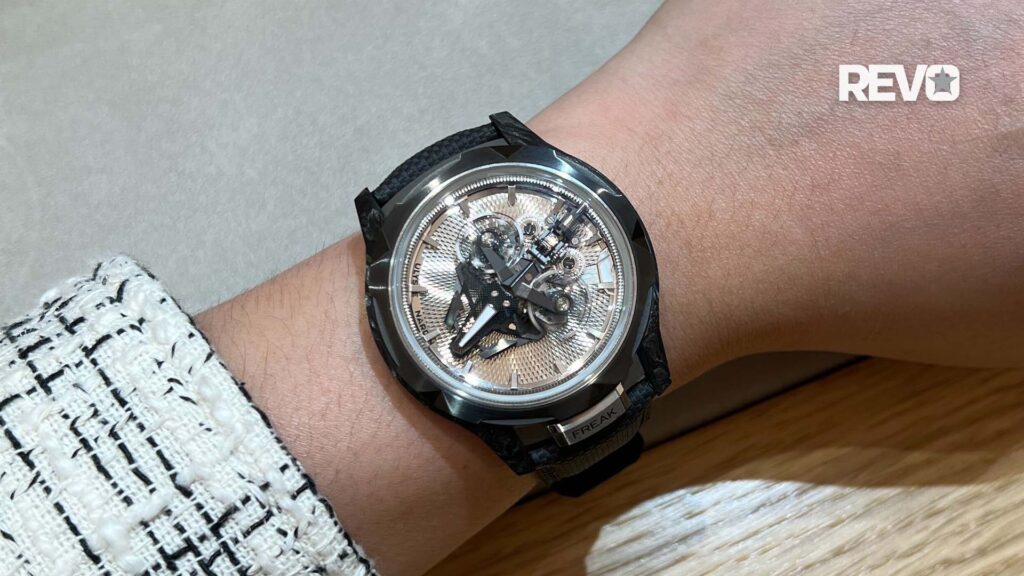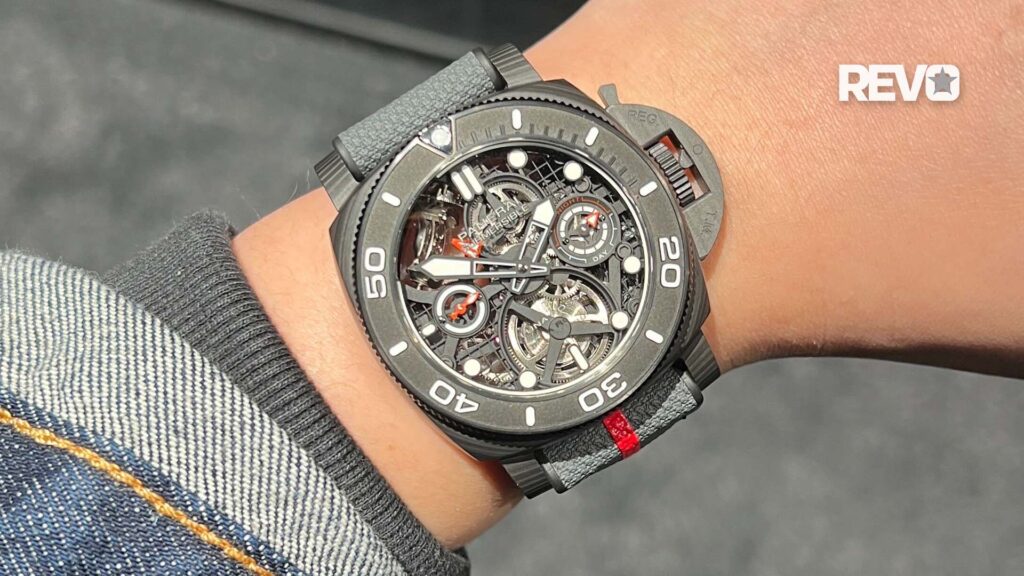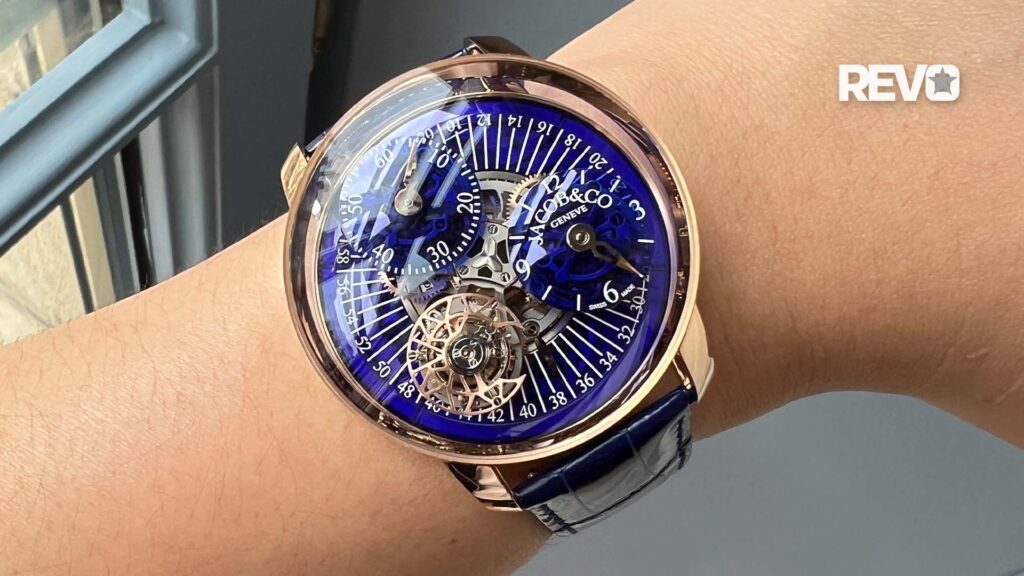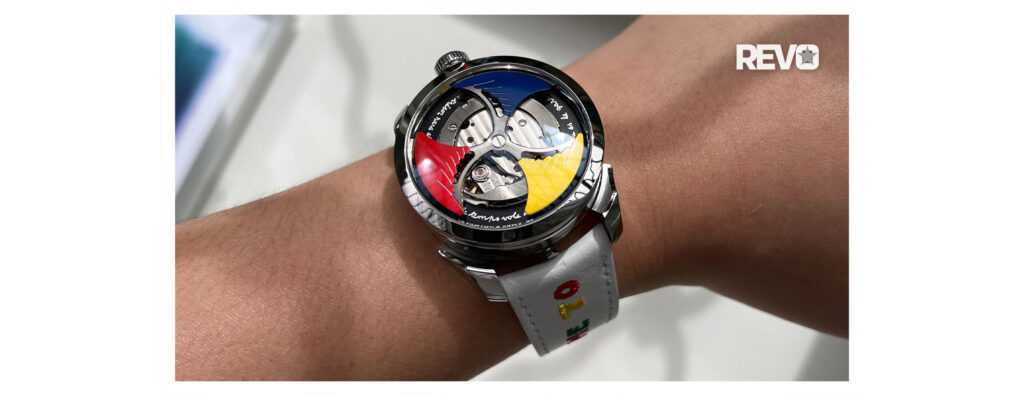Reviews
The Watch that Changed the World: Richard Mille RM 001 Tourbillon
I was stunned and shaken to my very core. I had never seen a watch that was such a powerful expression of total originality. It was simply breathtaking to behold. The timepiece’s hyper-modern tonneau shape is achingly beautiful and as erotically charged as the body of Ferrari’s 250 GTO. It is the perfect juxtaposition of lush concupiscent curving lines with sharp masculine super-aggressive angles. Says Mille, “I arrived at the shape one night when I couldn’t sleep. I was trying to create a form that would sit perfectly on the human wrist, and that had a certain organic sensuality but also expressed my obsession with performance and technicality. I went to a hotel bathroom, unwrapped a bar of soap and began carving it with a knife. I carried this piece of soap with me back home. Eventually it broke and I created a cardboard prototype. That was the genesis.”
As the idea for a total new type of timepiece coalesced in Mille’s imagination, so too did his philosophy for how it would be built. He explains, “I wanted to create my first watch in the same way that an F1 team design their car. That is, to have the team creating the chassis, the team creating the engine, the team in charge of the body and aerodynamics and the driver all participating in the process. All with the understanding that the objectives had to be ultimate comfort, shock-resistance, durability, accuracy, and light weight.”
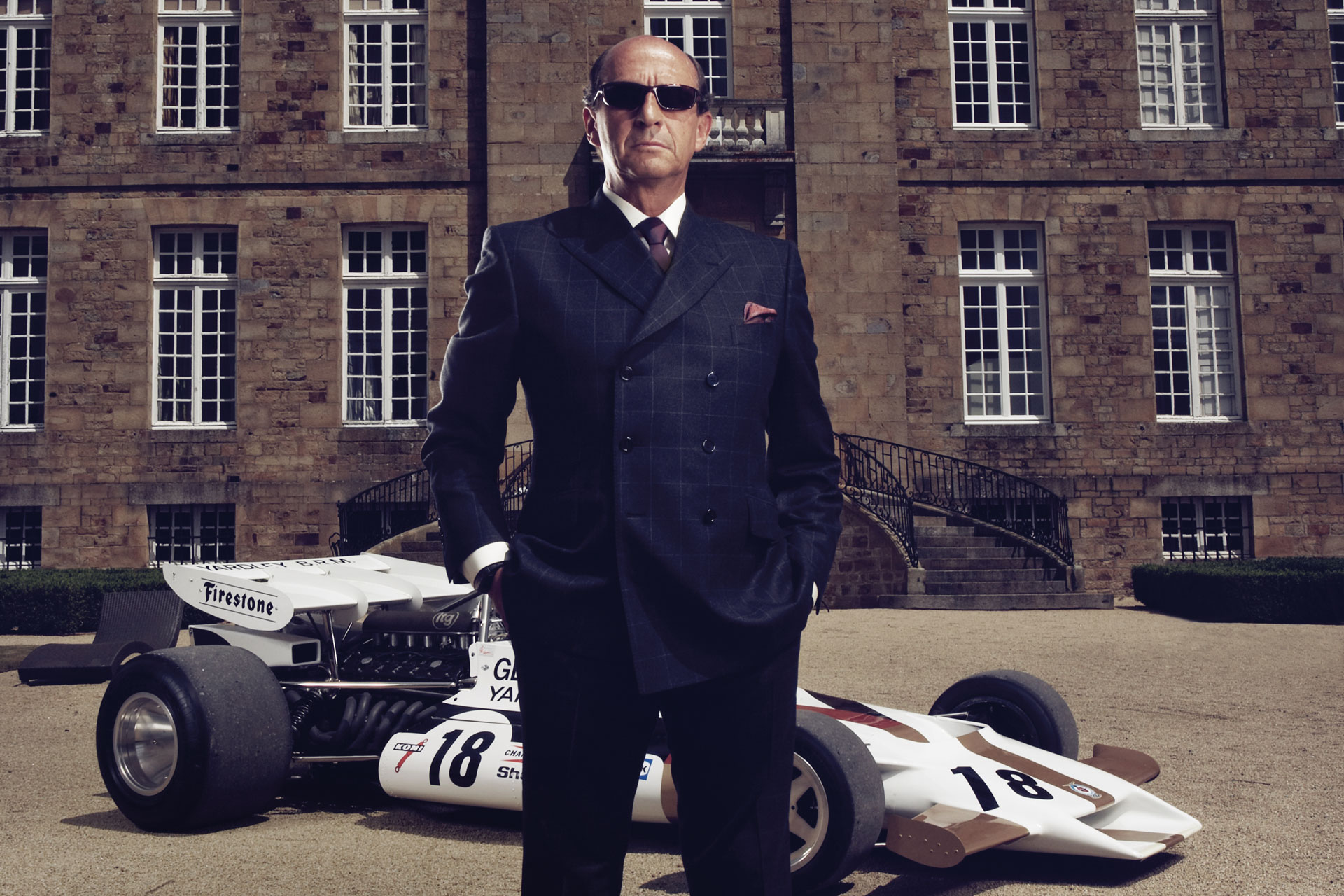
Richard Mille, July 13, 2010 in Rennes, France. (Photo by Thomas Lavelle for Revolution)
But inside the watch was another revolution — it was the first timepiece that laid its engine completely bare. Says Giulio Papi, co-founder of Renaud et Papi, the high-complication mecca that worked on Mille’s first movement: “Richard wanted a watch that you [could] look into [and] see all the parts of the engine and how they functioned. And so we created a watch with a sapphire dial through which you could see every single component. Which meant every part had to be finished to perfection. Because Richard wanted the movement as light and as shock-resistant as possible, we created the very first watch baseplate from titanium, which we PVD-coated to give a stronger contrast to the other parts.”
To achieve the signature splines and sandblasted effect inspired by cast engine blocks that Mille had insisted on, Papi and his team had to use two of watchmaking’s most revered decorative techniques. Says Papi, “We used hand-frosting for the sandblasted effect and black-polishing, an art form usually reserved for polishing tourbillon bridges, for the splines.”
Regarding the optimization of shock-resistance, it was the tourbillon bridge that became the focus of Mille’s attention. He explains, “I wanted to redesign the tourbillon bridge to resemble the suspension arm of an F1 car in both look and function. We arrived at this two-sided skeletonized bridge that was very rigid horizontally but [that] allowed some vertical deflection when it experienced shock.” Finally, because Richard is a racing driver and understands the importance of precise information when it comes to performance, he decided to feature both a power-reserve indicator and a torque indicator to give you a reading for the quality of the power in the mainspring. Says Mille, “One of the greatest reasons for the diminishment in accuracy in any watch and in particular the tourbillon is the reduction of torque in the mainspring as it unwinds. With this indicator, you know precisely the quality of torque at all times.”
Of course, the question that comes to mind is just how shock-resistant can a tourbillon possibly be despite all these many innovations.” At my first meeting with Mille, his response would shock, awe, perplex and seduce me. Mille casually took off his watch — the world’s most expensive production tourbillon — then flung it across the room. I watched it bounce off the floor with what I could only imagine to be an expression of abject horror. You have to understand that until Richard Mille, tourbillons were considered so delicate that Patek Philippe didn’t even want them exposed to sunlight and they were handled with the most delicate of kid gloves. But Mille calmly retrieved the watch and passed it to me. I could only marvel at the fact that not only was the watch’s case seemingly unmarred, but also, the golden balance wheel within the tourbillon, the very heart of the watch, continued to beat strongly unabated and with perfect consistency. Proof positive that Mille’s message and mission resonated with irrefutably truth.




